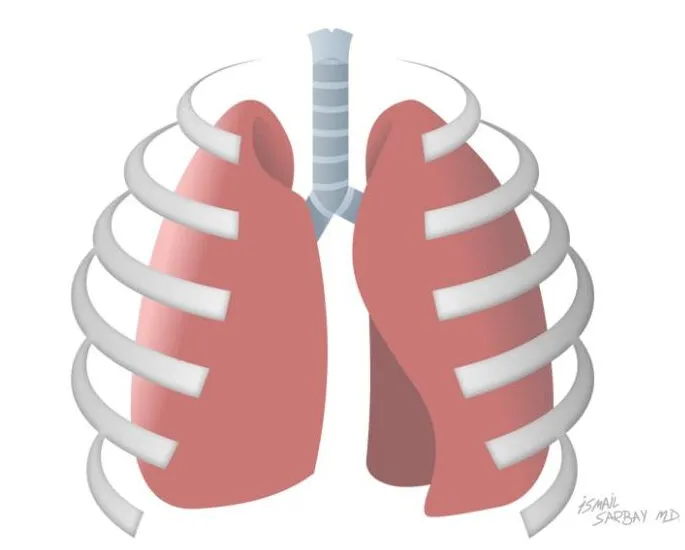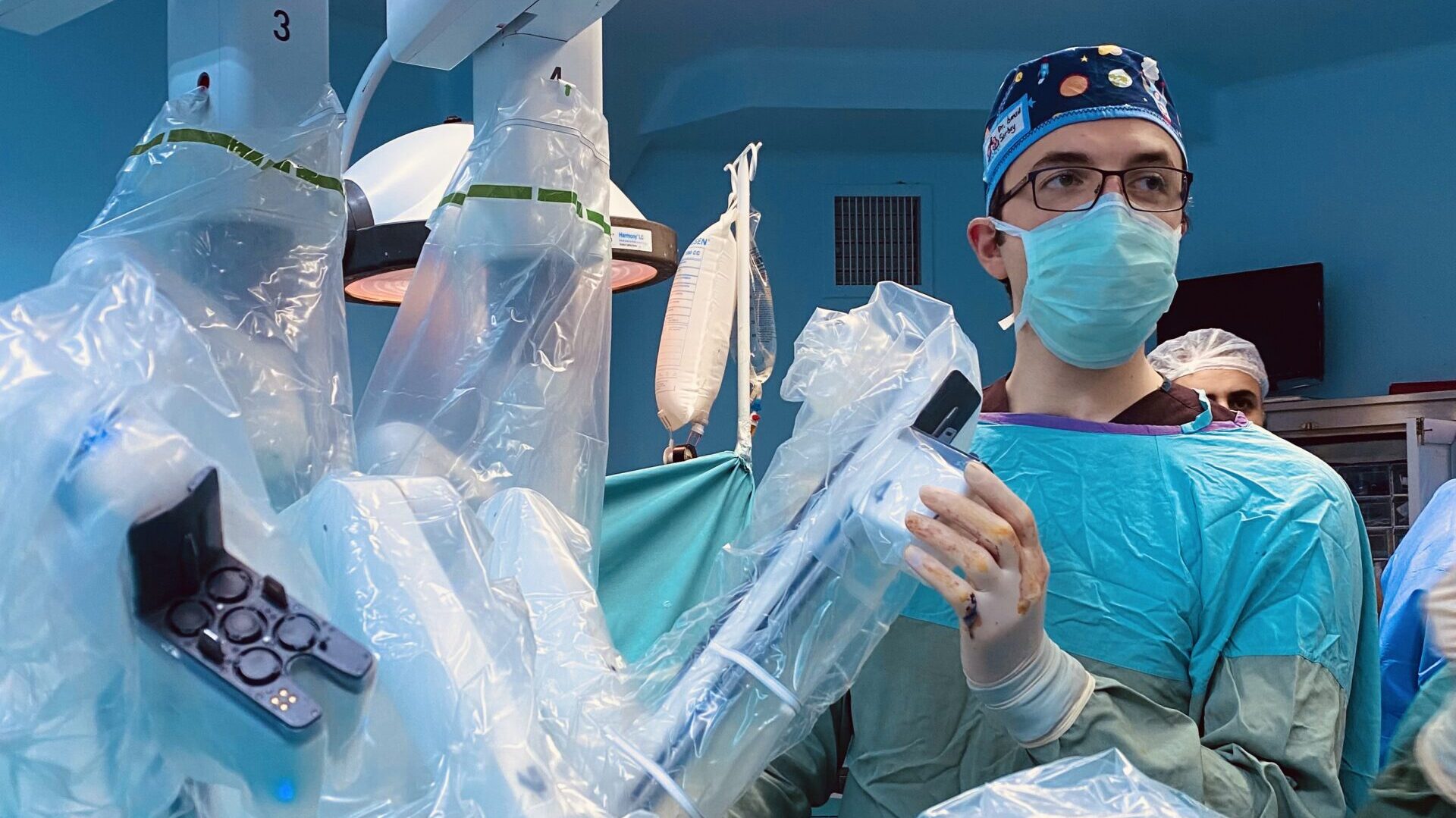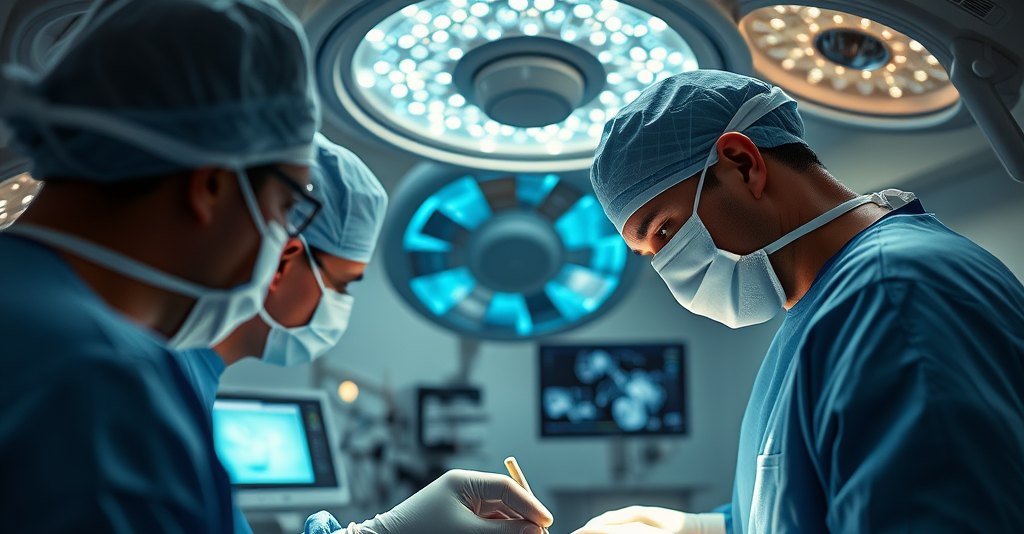Common Deformities
- Pectus Excavatum (Funnel Chest): A sunken appearance of the sternum, where the chest wall curves inward.
- Pectus Carinatum (Pigeon Chest): A protrusion of the sternum, causing the chest to bow outward.
Causes & Symptoms
- These deformities are primarily congenital, but their severity may become more pronounced during adolescence due to rapid bone and cartilage growth.
- Mild cases are often cosmetic, while severe cases can impact respiratory function, cardiac efficiency, and exercise tolerance.
- Some individuals may experience chest pain, fatigue, or psychological distress due to the visible deformity.
Treatment Approaches
For Pectus Excavatum
- Minimally Invasive Repair (Nuss Procedure)
- A curved metal bar is inserted beneath the sternum via small lateral incisions to push the chest outward.
- The bar remains in place for 2-3 years before being removed.
- Provides excellent cosmetic results with a minimally invasive approach.
- Open Surgical Repair (Ravitch Procedure)
- Involves the removal of deformed cartilage and repositioning of the sternum.
- More invasive but sometimes preferred for complex or asymmetric deformities.
For Pectus Carinatum
- Minimally Invasive Repair (Abramson Procedure)
- Also known as the “Reverse Nuss Procedure,” this technique uses a subcutaneous metal bar and external stabilizers to gradually compress the protruding chest wall.
- It is less invasive than the traditional Ravitch procedure and offers a shorter recovery time.
- Bracing Therapy (for mild to moderate cases)
- External chest braces apply constant pressure to gradually reshape the sternum.
- Works best in adolescents, when the chest wall is still flexible.
- Open Surgical Repair (Ravitch Procedure)
- Like in pectus excavatum, this approach removes abnormal cartilage and repositions the sternum.
- Used when bracing or the Abramson procedure is not effective.
Why It Matters
- Correcting severe chest wall deformities can improve lung function, cardiac output, and overall physical endurance.
- Many patients experience psychosocial benefits, leading to increased confidence and comfort with body image.
- Advances in minimally invasive techniques (Nuss and Abramson) have reduced recovery times and improved cosmetic outcomes.



